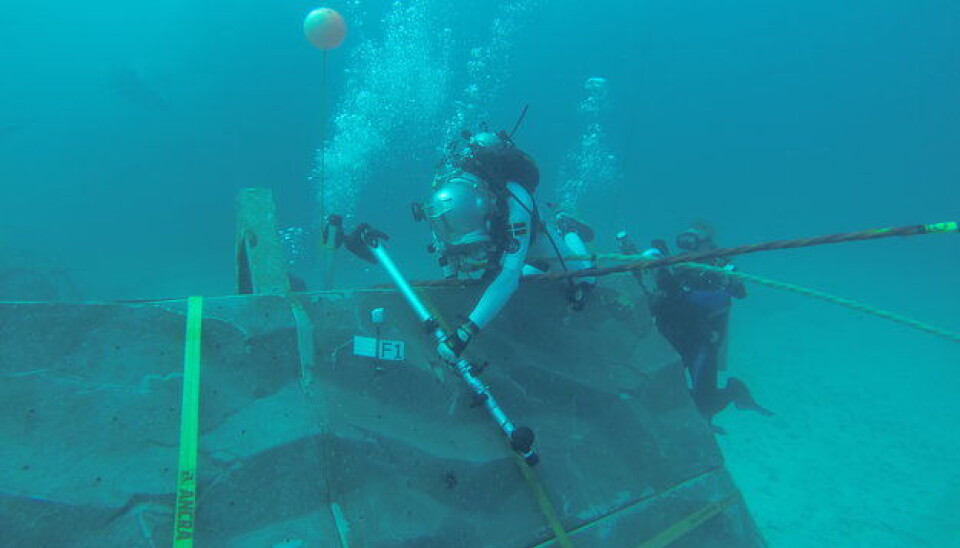
Astronauts test Google Glass on the sea floor
A Danish astronaut is currently on a mission on the bottom of the sea, where the conditions can be used to mimic life on the International Space Station ISS.
Andreas Mogensen became Denmark's first astronaut in 2009 when completed his training at The European Space Agency, ESA.
His first trip into space is scheduled for 2015. In preparation for this trip, the ESA has sent Mogensen and three colleagues on an alternative space mission: five days in a laboratory on the bottom of the sea.
Down there, the isolation and the weight conditions will be used to mimic life on the ISS. One of objectives for Mogensen and his French colleague Thomas Pesquet, who will be doing his part of the project from land, is to test equipment that may be used in the 2015 mission.
The training mission is called Seatest – Space Environmental Analog for Testing EVA Systems and Training – and is carried out in the Aquarius underwater laboratory, located off the coast of Florida.
In this laboratory researchers can spend brief periods without any contact with the world above.
Mogensen is not the only ’aquanaut’ down there. He is accompanied by two NASA astronauts, Joe Acaba and Kate Rubins, along with Japanese astronaut Soichi Noguchi.
The mission brief
A central component of the Seatest mission consists of testing new ways of receiving so-called ‘just-in-time training’. One of these new methods is the new Google Glass – a wearable computer with an optical head-mounted display. This technology gives the astronauts the freedom to use both hands while receiving instructions on the Google Glass screen.
The astronauts will also be spending time outside of the Aquarius laboratory to practice moving around in space. Using an underwater space suit with adjustable buoyancy, they can familiarise themselves with the feeling of working in varying degrees of gravity.
To make things as realistic as possible, a 20-minute time delay was set between Pesquet on the surface and the team down in the Aquarius laboratory. To overcome this obstacle, all communication goes via email, video or text messages.
A unique training opportunity
This is not the first time that Mogensen has tried this kind of preparation, as he spent six days in an underground cave this time last year.
The seriousness of the Seatest mission is very real: if something goes wrong in the laboratory, the astronauts need to wait 16 hours before the pressure is sufficiently stabilised for them to swim up to the surface. It is not possible to simply race up to the surface.
------------------------
Read the Danish version of this article at videnskab.dk



